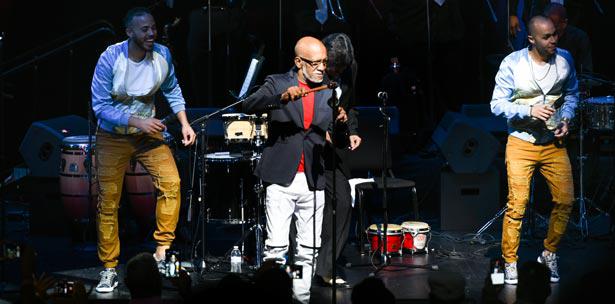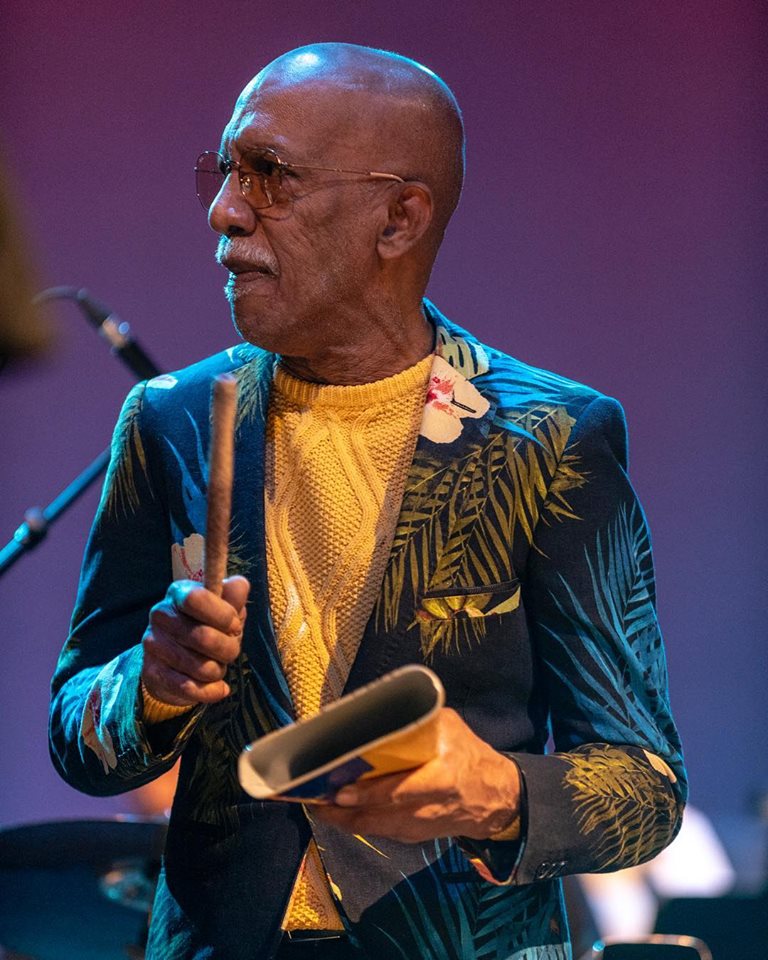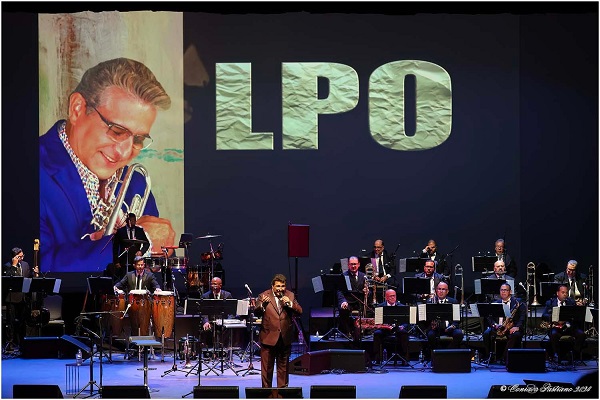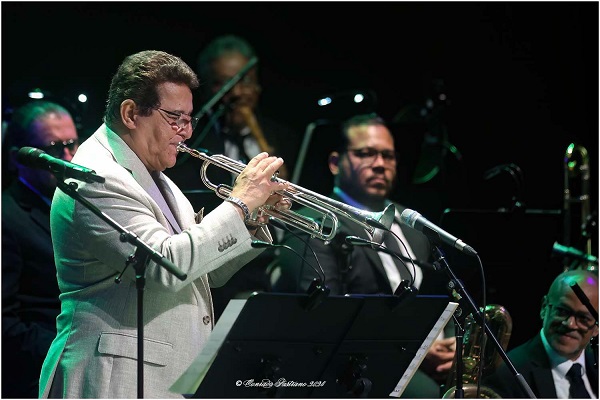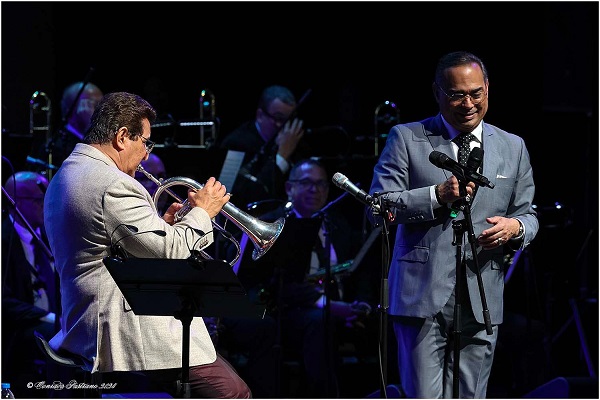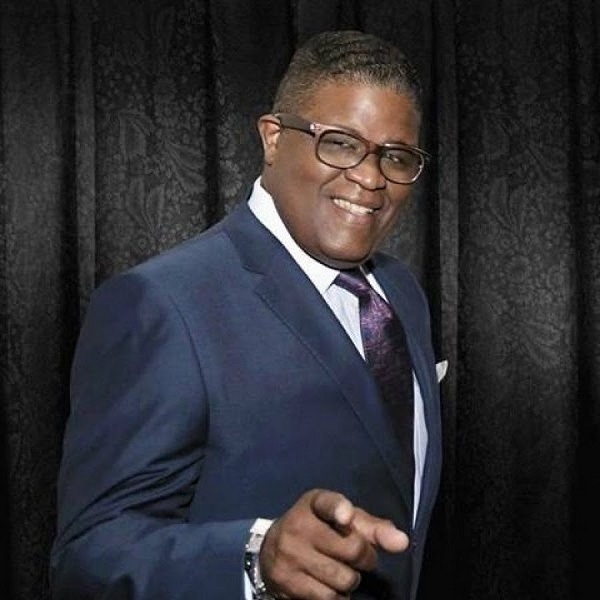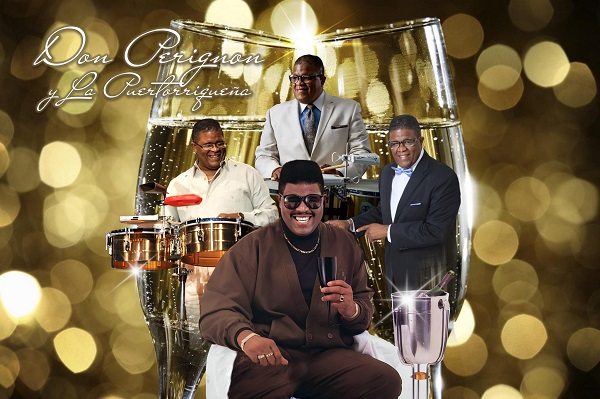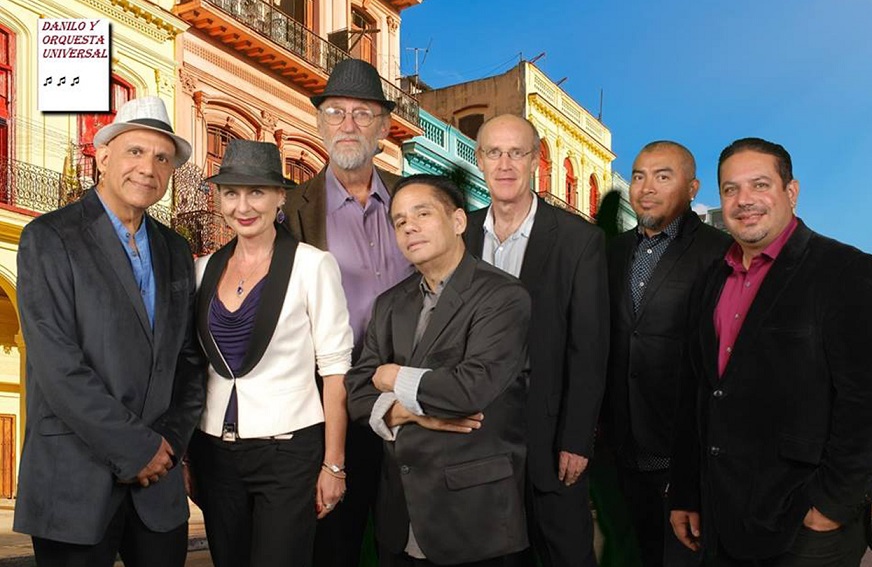Latin America / Venezuela / Caracas
Los Adolescentes “We are premiering our most recent video clips “Close your eyes””
When talking about the great salsa orchestras of Venezuela, there are many names that come to the fore, either because of history, the great successes of the golden years of Salsa in Venezuela or because of their great distinguished voices of so many successes that the world well-known from this land of southern salsa, but if there is something impossible not to mention, it is one of the most important orchestras of this movement of the nineties.
The Adolescents, a group that marked a before and after of the new salsa era in this beautiful country. House of great youth voices, teenagers have made millions of people dance around the world, revealing the talent that this group has managed to nurture in more than 20 years of artistic journey.

Claiming Our Space, a record production with which they went on the market in 1995 with great songs like “Hoy aprendí”, “I can’t be your friend” and “Anhelo”, six songs from this CD; occupied the first place as hits throughout Venezuela and other countries of the Latin American continent, they started a sequence of successes for more than 20 years that have made this great group distribute Salsa and flavor throughout the world, it is that even the pope John Paul II had the honor of listening to this great musical event at Jubilee 2000, which brought together two million five hundred thousand people outside the University of Bergata, an event that lasted four years to prepare for this event.
In conversations with Carlos Mendoza, manager and main helmsman, we found out about the group’s latest projects for this 2019, great things continue to happen for these young salseros.

This new year started with great things for our young salseros, during the month of March and April they will be giving rhythm in Colombia with a tour of more than 5 cities, Mendoza tells us “We will be visiting Armenia, Bogotá, Medellin among other cities of the beautiful Colombia, we take a train that does not stop, we offer a list of unforgettable concerts”.
On the 23rd they will be in Armenia at the Fonda, the local forest that has received great national and international artists, they will continue in the capital of this southern country Bogotá on the 30th in Sutton club of the best clubs in the city, they will pass through Medellin in Emporium on April 05, 06 for Cartagena and closing on 06 in Marseille, they have dates for hiring, contact that we will leave at the end of this review for your contact, in the voices of Arnaldo Quintero, Renzo Romero, Ronald Gómez, Josep Palacios and Leonardo Leal we will be able to listen to the successes of these almost three decades of rhythms.

“For the month of June we will be part of the great experience that will be lived in the Adventure Dance Cruise, together with greats like Torito Acosta” Mendoza told us that the great company Royal Caribbean presents what they call: World’s Largest Latin Dance Cruise, from June 6 to 10 from Miami passing through the beautiful island of son and rumba Cuba and arriving in the Bahamas, full of dance classes, attractions, distractions and the best concerts on the high seas.
For the last semester of the year they are already preparing a concert in Tampa, Miami, presentations of variable types in North America, to close the projects for this 2019 an important tour of Europe with the great Maelo Ruiz is being prepared, a detail that we will have better reviewed in future editions.
For bookings on the tour of Colombia, contact the number +57 310 3293158, don’t miss out on living this great experience of dancing alongside one of the best salsa orchestras in the world.

